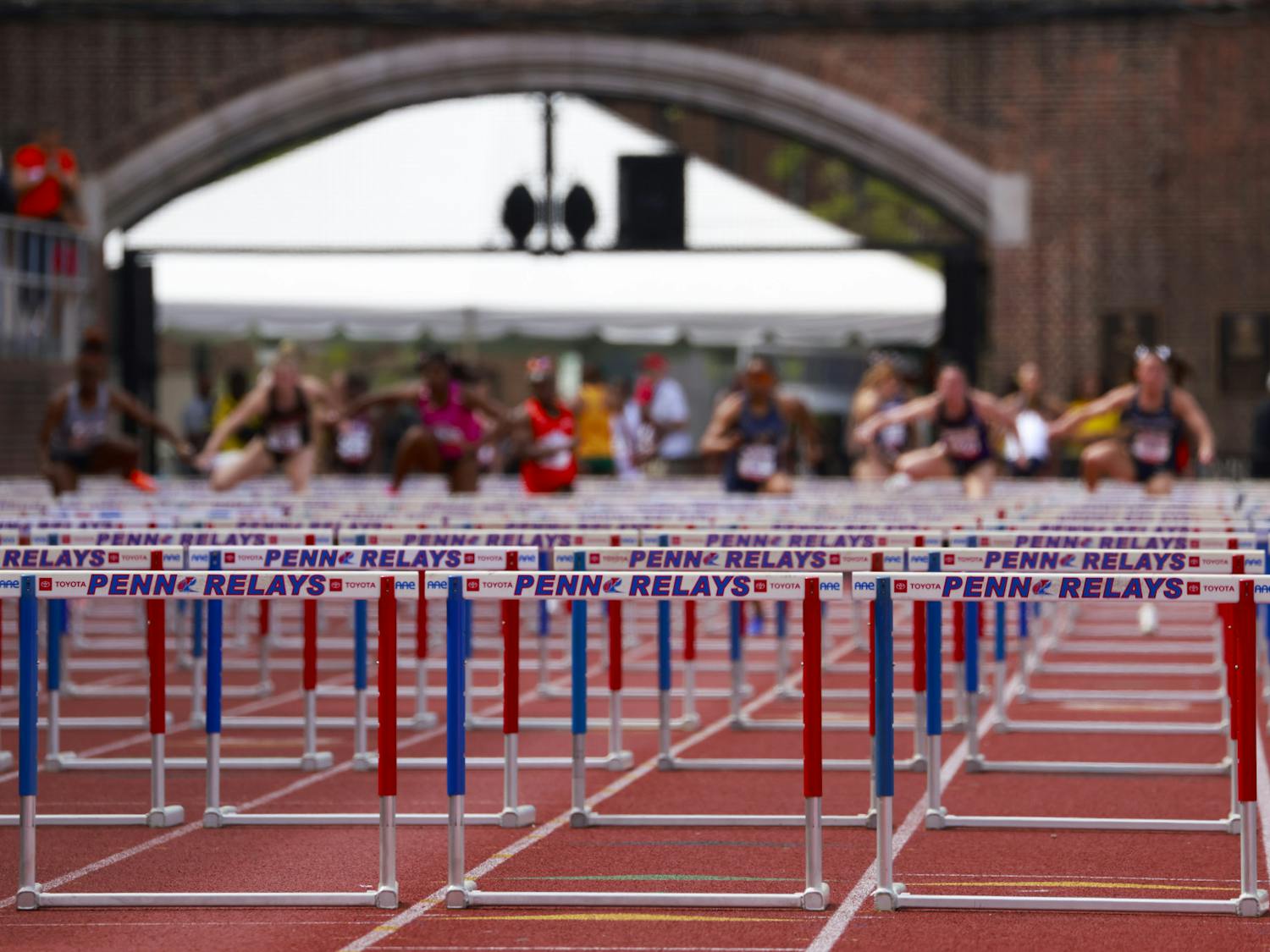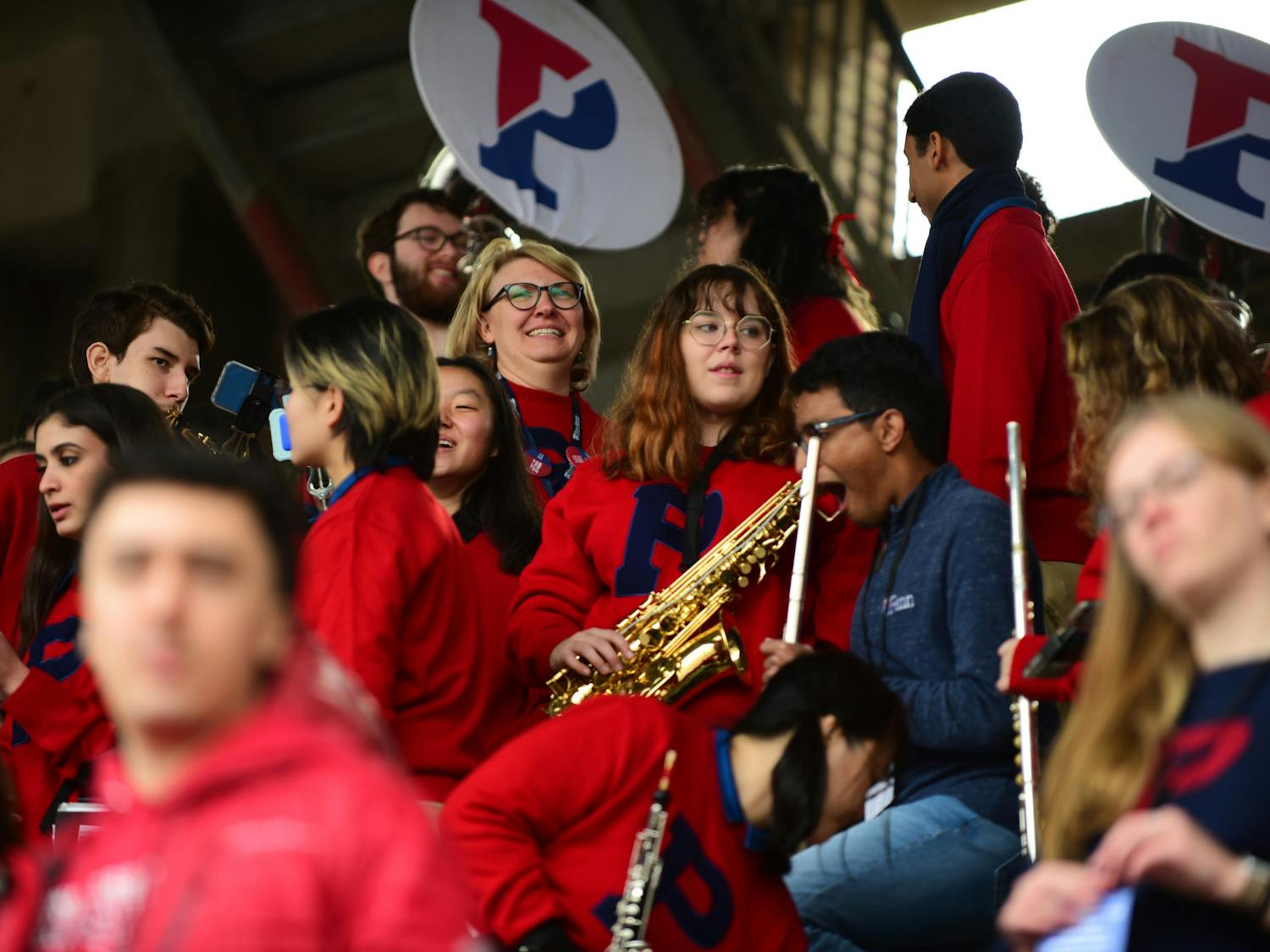With the NBA's decision to get rid of illegal defense, the NCAA decided it wanted to make an equally fundamental change -- to the game of women's volleyball.
In the upcoming 2001 season, two important changes will take place in all NCAA-sanctioned matches.
The first and most significant of these changes is the complete implementation of the scoring format known as rally-scoring, in which every serve counts as a point. This system will replace traditional sideout scoring, in which only the team that is serving is able to score.
A match will still consist of two teams playing a best-of-five series, meaning the first team to three games will win. And in the event of a fifth and deciding game, the two teams will still play to 15 using the rally-scoring format, as was the case before.
The change comes in the first four games, which will be played to 30 in the rally-scoring format, instead of to 15 with traditional sideout scoring.
"Everyone loved the fifth game. When it was the fifth game, everyone got into it," Major said. "But why not have that fifth-game feeling throughout? I'm not sure if we accomplished that goal by changing the scoring format, but it definitely makes every game exciting."
The change will have a number of specific ramifications for the Quakers, which were the worst-rated offensive team in the Ivy League -- last in both kills and assists per game as a team -- but among the best defensively -- second in blocks and first in digs per game.
"This scoring format is going to help our game because we're so defensive and we have so much ball control," Major said. "The team that is more consistent wins the rally-scoring games. That's why we won a lot of fifth games [in 2000].
"We didn't always put it away, but the teams that did put it away made a lot of defensive mistakes. So this is in our favor."
However, Major did realize the need to pump up her offense, even if the changes did not go through.
"We were already changing coaching aspects in the spring regardless of the scoring system because we are such a defensive team and our weakness was offense," Major said. "Hopefully you'll see a new team in the fall. I expect to see us more offensively oriented this year."
The other change is the allowance of the net serve, which means that serves that hit the net but are otherwise legal are now fair game.
"The let serve means you serve it again if it hits the net, like in tennis. But it's not that," Major said. "It's incredible how that has played with people's minds a little bit."
Major expected this change to occur, and she has had her team practicing with it since last year.
"It really allows us to go for some aggressive and tough jump serves," Major said. "I think you'll see our team being more aggressive in the serving arena this year."
The main purpose of these changes, along with a number of others that have not yet been passed by the NCAA for women's volleyball, has been made very clear by volleyball's international federation, the FIVB.
Major made a comparison to America's favorite pastime to explain her take on that reason.
"The idea behind all this is that we get more people interested in the game," Major said. "Like baseball is way too slow right now and they need to speed it up. I think that's where volleyball was as a spectator sport."
One key change that was not passed by the NCAA is the incorporation of the libero, a new position created by the FIVB that has been in use for a couple of years in most international competitions, including last year's Olympics in Sydney.
The libero wears a different color jersey than her teammates and is free to come in and out as she pleases -- while the ball is not in play and before the whistle for the serve, of course -- without notifying the ref for a substitution.
The libero is limited, however, in many ways. She can only play in the backrow, cannot serve, cannot block, and cannot attack any ball that is above the height of the net.
The position was originally designed to increase the lengths of rallies, eliminate the tireless and slow entry and exit of defensive specialists for middle blockers that weren't as adept at passing and to give shorter players a place on the team when the game was gradually being dominated by bigger and taller players.
The libero, in conjunction with reducing the allowable number of subs per game -- currently 18 in women's collegiate volleyball -- was supposed to speed up the game and make it more exciting, again, for the purpose of catering to the media and non-volleyball players.
But the libero was soon deemed a `double-edged sword', as she is a specialist at returning serves. The improved quality in the first pass resulted in smoother offensive transitions and attacks, producing more immediate terminations.
How the position will affect NCAA women's volleyball remains to be seen, as it will not be a part of the game until at least the 2002 season.
"I resist the change because I like using defensive specialists, because I have them on my team," Major said. "So every game I used up all 18 subs. Using one DS twice instead of two DS's will give us a better flow and will be better for that one person, but it'll hurt my ability to get more people in."
But Major, who believes the libero will be adopted in 2002, feels that it will benefit the sport in the long run.
"I am against it, but for the sport of volleyball, I think it's good, so I'll probably go with the flow on this one," Major said. "I've voted against it every time, and obviously some people agree with me because it didn't pass.
"But I think it will evolve that way eventually."








